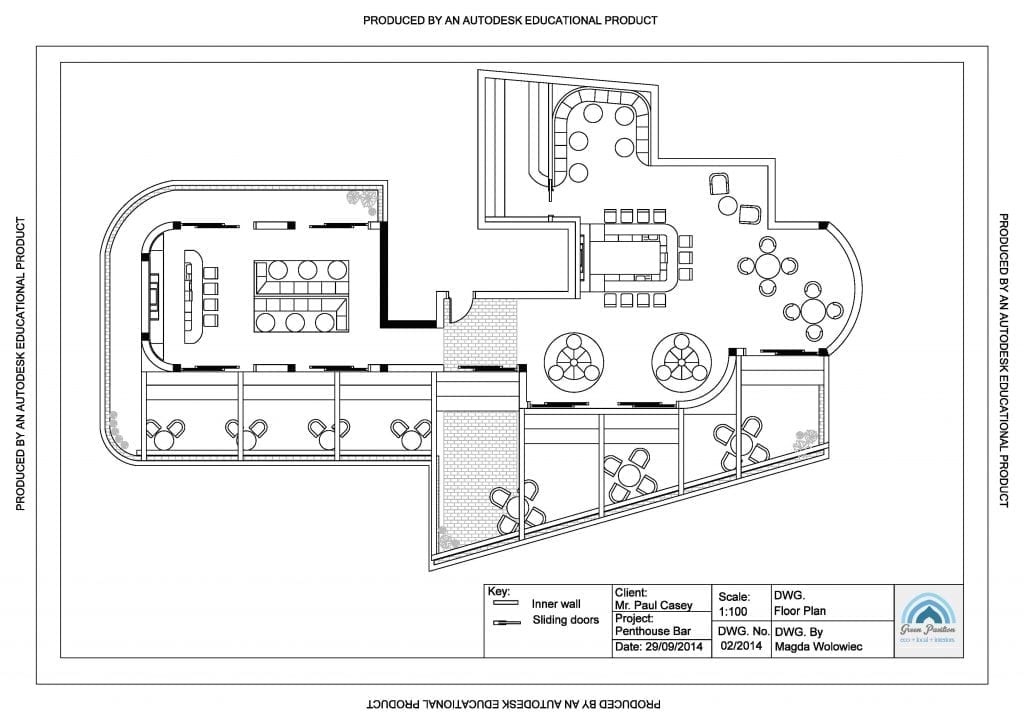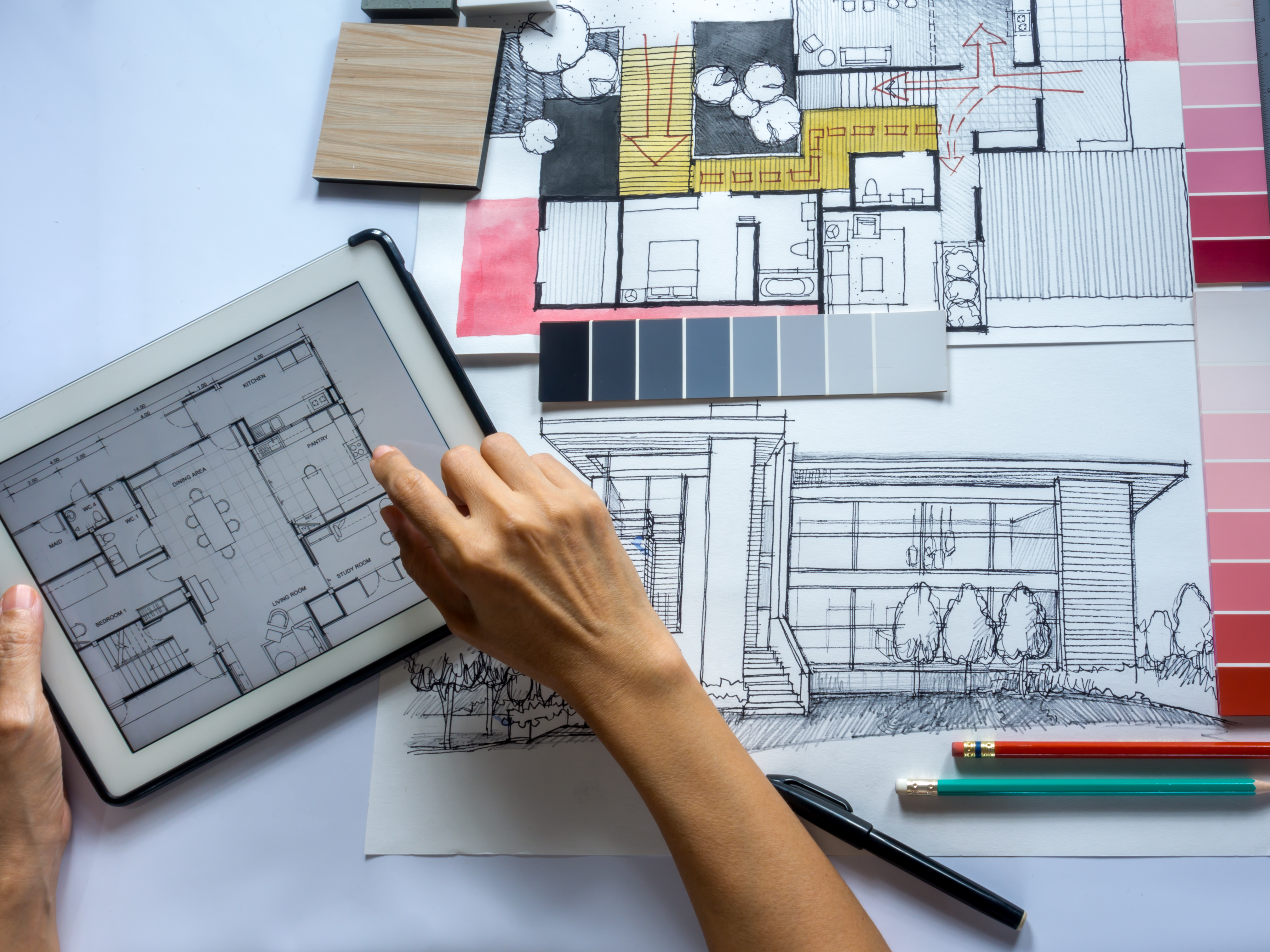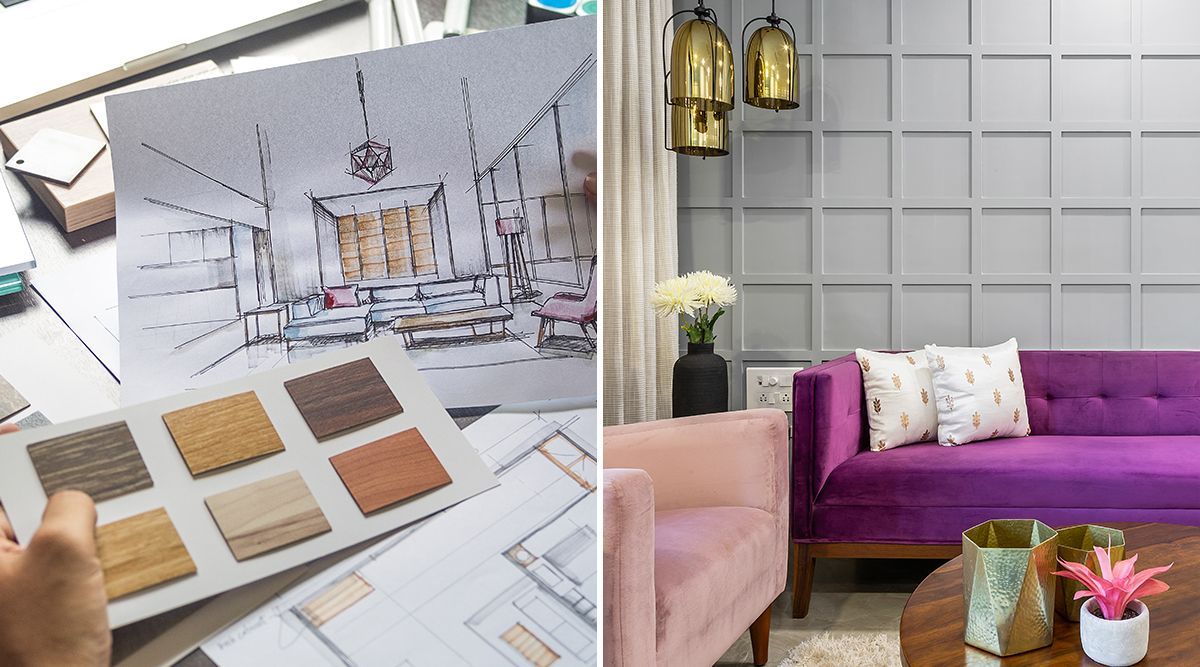Find a Top Experienced Architect in Winchester to Craft Your Ideal Home Design
The Art of Equilibrium: How Interior Design and Home Engineer Collaborate for Stunning Outcomes
In the realm of home design, striking a balance in between aesthetics and functionality is no tiny task. This fragile balance is accomplished with the harmonious collaboration between indoor developers and designers, each bringing their distinct competence to the table. Remain with us as we check out the complexities of this collaborative procedure and its transformative effect on home style.
Understanding the Core Distinctions In Between Interior Design and Home Style
While both indoor style and home style play vital duties in creating visually pleasing and useful spaces, they are naturally various disciplines. It deals with the 'bones' of the structure, functioning with spatial dimensions, load-bearing walls, and roofing styles. On the various other hand, interior style is a lot more worried with enhancing the sensory and aesthetic experience within that framework.
The Synergy Between Home Design and Inside Layout
The synergy between home design and Interior Design exists in a common vision of design and the enhancement of practical appearances. When these two fields line up sympathetically, they can change a space from ordinary to remarkable. This partnership calls for a much deeper understanding of each discipline's principles and the ability to produce a cohesive, visually pleasing atmosphere.
Unifying Style Vision
Combining the vision for home style and indoor design can develop an unified living space that is both useful and visually pleasing. It promotes a collaborating approach where building elements enhance interior layout elements and vice versa. Hence, unifying the style vision is crucial in mixing architecture and indoor design for magnificent results.
Enhancing Functional Aesthetic Appeals
How does the harmony in between home design and Interior Design enhance useful aesthetic appeals? This harmony allows the creation of areas that are not only visually enticing but likewise comfortably functional. Engineers prepared with their architectural layout, guaranteeing that the room is practical and effective. The interior developer after that complements this with very carefully picked elements that improve the appearances without compromising the performance. This unified cooperation can result in homes that are both stunning and livable. As an example, a designer may make a residence with high ceilings and large windows. The interior developer can after that emphasize these attributes with high plants and sheer curtains, specifically, hence boosting the aesthetic appeal while keeping the practical benefits of natural light and space.
Relevance of Partnership in Creating Balanced Spaces
The collaboration between indoor developers and engineers is essential in creating well balanced rooms. It brings harmony between layout and design, bring to life spaces that are not just visually pleasing but likewise functional. Exploring effective collective approaches can supply understandings right into how this synergy can be successfully accomplished.
Integrating Design and Architecture
Balance, a necessary aspect of both indoor layout and design, can just really be attained when these 2 fields job in harmony. This collaborative procedure results in a cohesive, well balanced style where every element has a function and adds to the general visual. Harmonizing design and design is not just concerning creating gorgeous areas, yet about crafting rooms that function seamlessly for their inhabitants.
Effective Collective Strategies

Case Researches: Effective Combination of Layout and Design
Analyzing several study, it ends up being noticeable exactly how the effective combination of Interior Design and architecture can transform an area. The Glass House in Connecticut, renowned for its minimalistic style, is one such example. Designer Philip Johnson and indoor designer Mies van der Rohe worked together to produce a harmonious balance between the inside and the structure, leading to a seamless flow from the outside landscape to the internal living quarters. One more exemplar is the Fallingwater Residence in Pennsylvania. Designer Frank Lloyd Wright and indoor developer Edgar Kaufmann Jr.'s collaborative initiatives result in an amazingly unique house that blends with its natural surroundings. These situation research studies highlight the extensive impact of an effective style and architecture cooperation.

Overcoming Challenges in Style and Architecture Collaboration
In spite of the undeniable advantages of a successful partnership in between interior design and style, it is not without its obstacles. Architects may focus on architectural honesty and safety and security, while developers concentrate on comfort and style. Effective communication, shared understanding, and compromise are important to get over these challenges and achieve a successful and harmonious collaboration.

Future Trends: The Progressing Connection Between Home Architects and Interior Designers
As the world of home layout proceeds to progress, so does the connection between architects and indoor developers. Alternatively, interior designers are embracing technical facets, influencing overall try here design and functionality. The future assures a more cohesive, innovative, and adaptive technique to home layout, as architects and designers continue to blur the lines, fostering a connection that absolutely personifies the art of equilibrium.
Conclusion
The art of equilibrium in home design is attained through the unified cooperation in between interior designers and architects. Despite difficulties, this partnership cultivates Countryside Homes interior design growth and technology in style.
While both indoor layout and home design play crucial roles in creating cosmetically pleasing and functional rooms, they are naturally various disciplines.The synergy in between home architecture and indoor layout exists in a common vision of design and the enhancement of useful appearances.Merging the vision for home style and interior design can produce a harmonious living area that is both functional and visually pleasing. Hence, unifying the design vision is important in mixing architecture and indoor style for stunning outcomes.
Exactly how does the harmony between home style and indoor layout enhance useful aesthetics? (Winchester architect)